
FOTO: GOV.BR
Samba de Roda was born in Bahia from the traditions brought by enslaved Africans, mainly from Angola. Its historical and cultural significance is so great that it has been recognized as an Intangible Cultural Heritage of Brazil by the National Institute of Historic and Artistic Heritage (Iphan) and as a Masterpiece of the Oral and Intangible Heritage of Humanity by UNESCO.
To this day, samba de roda remains present in communities, popular festivals, terreiros, capoeira rodas, and many other spaces, keeping alive the roots that connect it to Afro-Brazilian culture.
Origin and History of Samba de Roda

FOTO: GOV.BR
Samba de Roda emerged in the Recôncavo Baiano region in the 19th century, directly from the African traditions brought by enslaved peoples. The Samba de Roda de Santo Amaro is one of the most well-known. The main element of this heritage is the semba, a dance and musical style originating from Angola, characterized by call-and-response singing (verse and chorus), the use of percussion instruments, and the body movement known as the umbigada, a gesture that also became typical in samba de roda.
With the arrival of enslaved Africans in Brazil, the semba transformed, blending with Indigenous and Portuguese influences. From the Portuguese, it incorporated instruments such as the viola; from the Indigenous peoples, it inherited rhythmic and musical elements. From this fusion emerged the expression of samba de roda, which combines singing, dance, percussion, and collective celebration, remaining to this day a symbol of Afro-Brazilian cultural resistance.
Cultural Characteristics and Expressions
Samba de roda takes place in a circular format, where men and women gather to sing, dance, and play music. Everyone participates, celebrating and keeping alive a tradition that has lasted for centuries.
Instruments are essential for creating rhythm and movement. The atabaque provides the percussion foundation, while the pandeiro complements the beat and adds variations. Others, such as the ganzá, reco-reco, and berimbau, enrich the sound, making the music engaging and connecting samba de roda to the unique energy of capoeira.
The singing follows a specific style: the soloist leads the verses, and the chorus responds, creating a musical dialogue. In the dance, the most characteristic steps are the umbigada, a gesture inherited from Angolan semba, and the miudinho, featuring short, quick foot movements.
Samba de roda is present at popular festivals, religious ceremonies, and community gatherings, consistently reinforcing its role as a space for unity, identity, and cultural resistance.
The Importance of Samba de Roda for Capoeira
The connection between samba de roda and capoeira goes far beyond music. Both share the roda as a ritual and collective space, with call-and-response singing and percussion rhythms bringing the bodily expression to life. In capoeira rodas, after the games, samba de roda emerges as a moment of fellowship and celebration, reinforcing the community spirit and the bond among participants.

Like capoeira, samba de roda emerged as a form of cultural resistance by Africans in Brazil. For this reason, it has always been present in capoeira rodas, sharing the same roots and strengthening bonds of identity and belonging.
For capoeiristas, samba de roda is also a way to keep African ancestry and resistance to historical oppression alive. Capoeira and samba de roda have walked side by side for centuries, conveying values of identity, struggle, and joy, while preserving traditions that have become cultural heritage of Brazil and humanity.
More than just a dance or musical expression, samba de roda is a living link between past and present, carrying in every song and beat the memory of African resistance in Brazil. Its presence in capoeira rodas reinforces Bahian cultural identity and reaffirms the value of this tradition.
Preserving samba de roda is also preserving capoeira. Together, they continue as symbols of resistance, identity, and celebration.
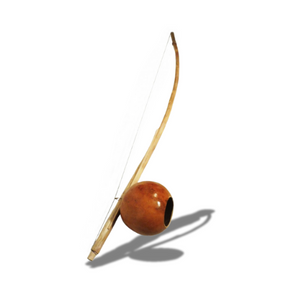
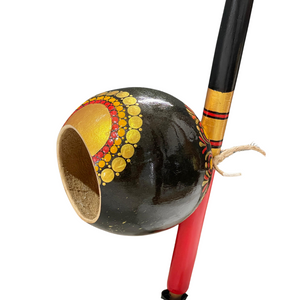
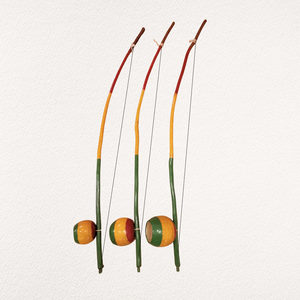
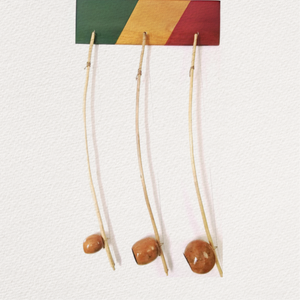
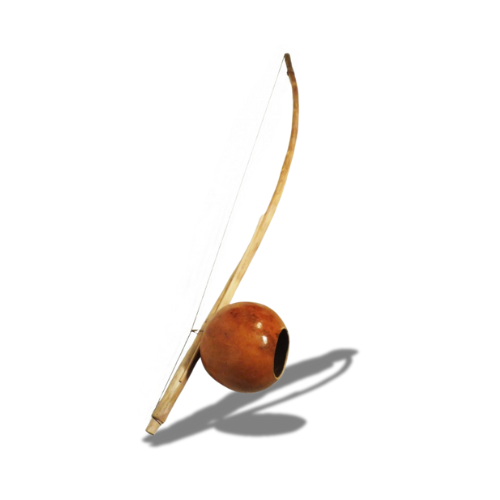
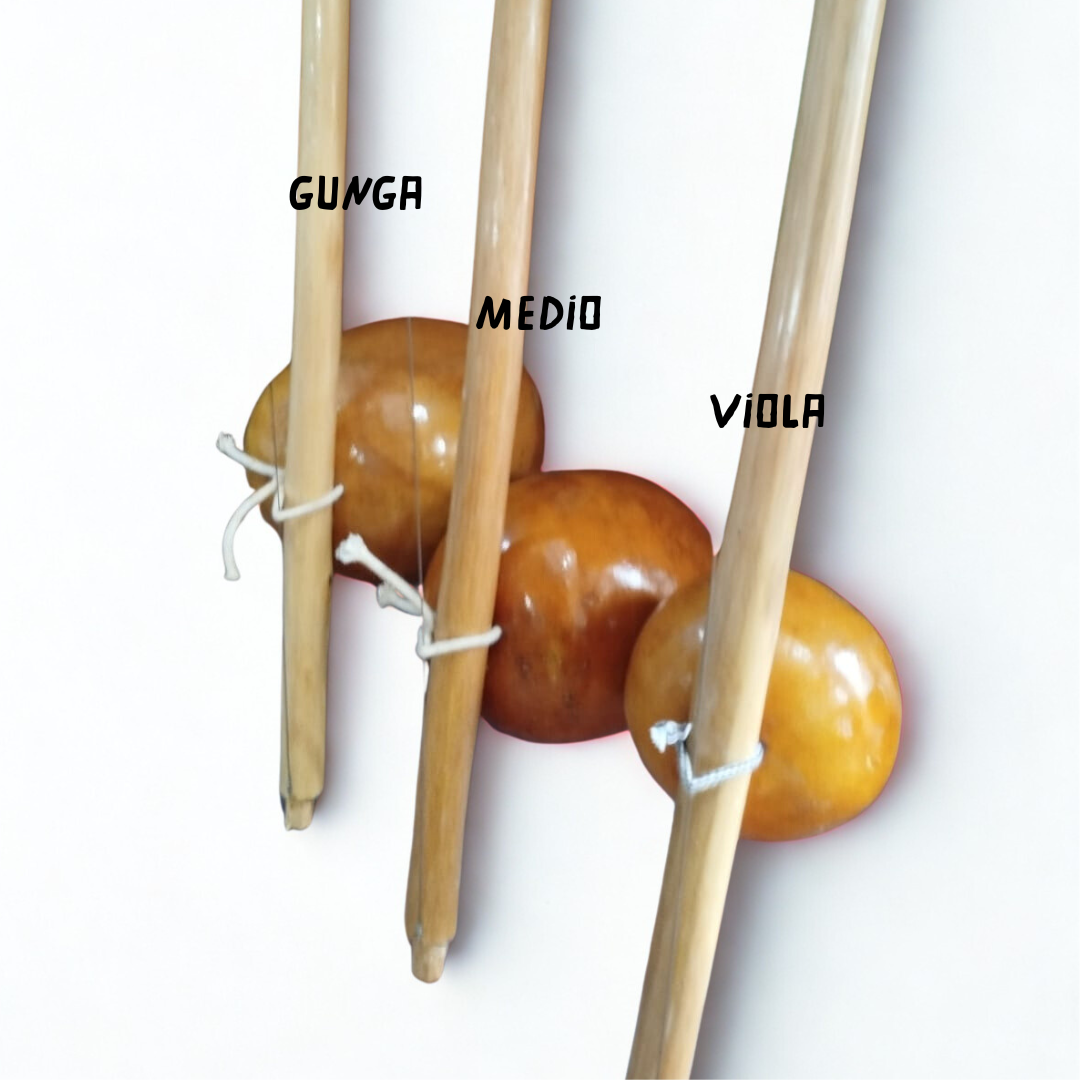
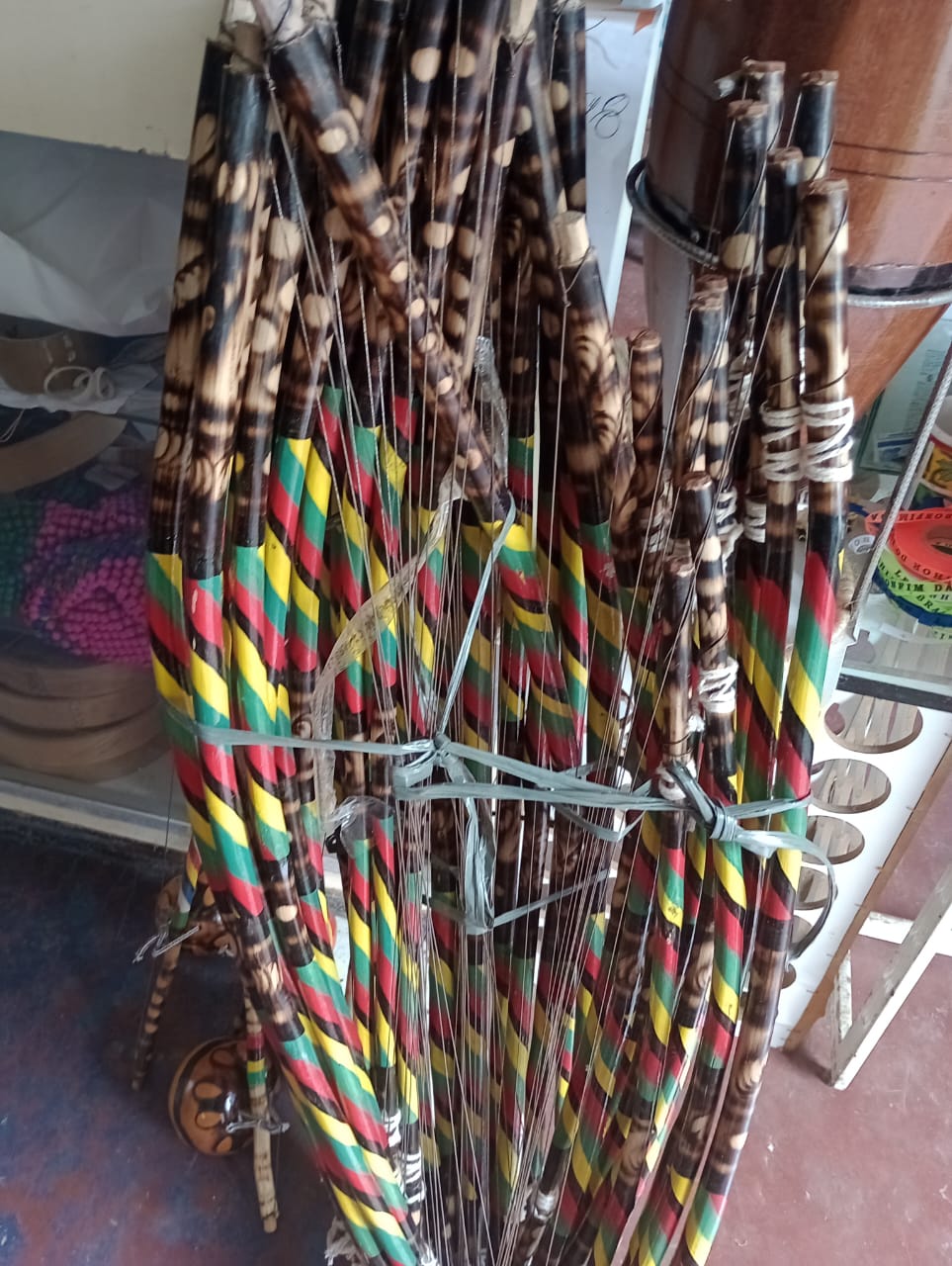
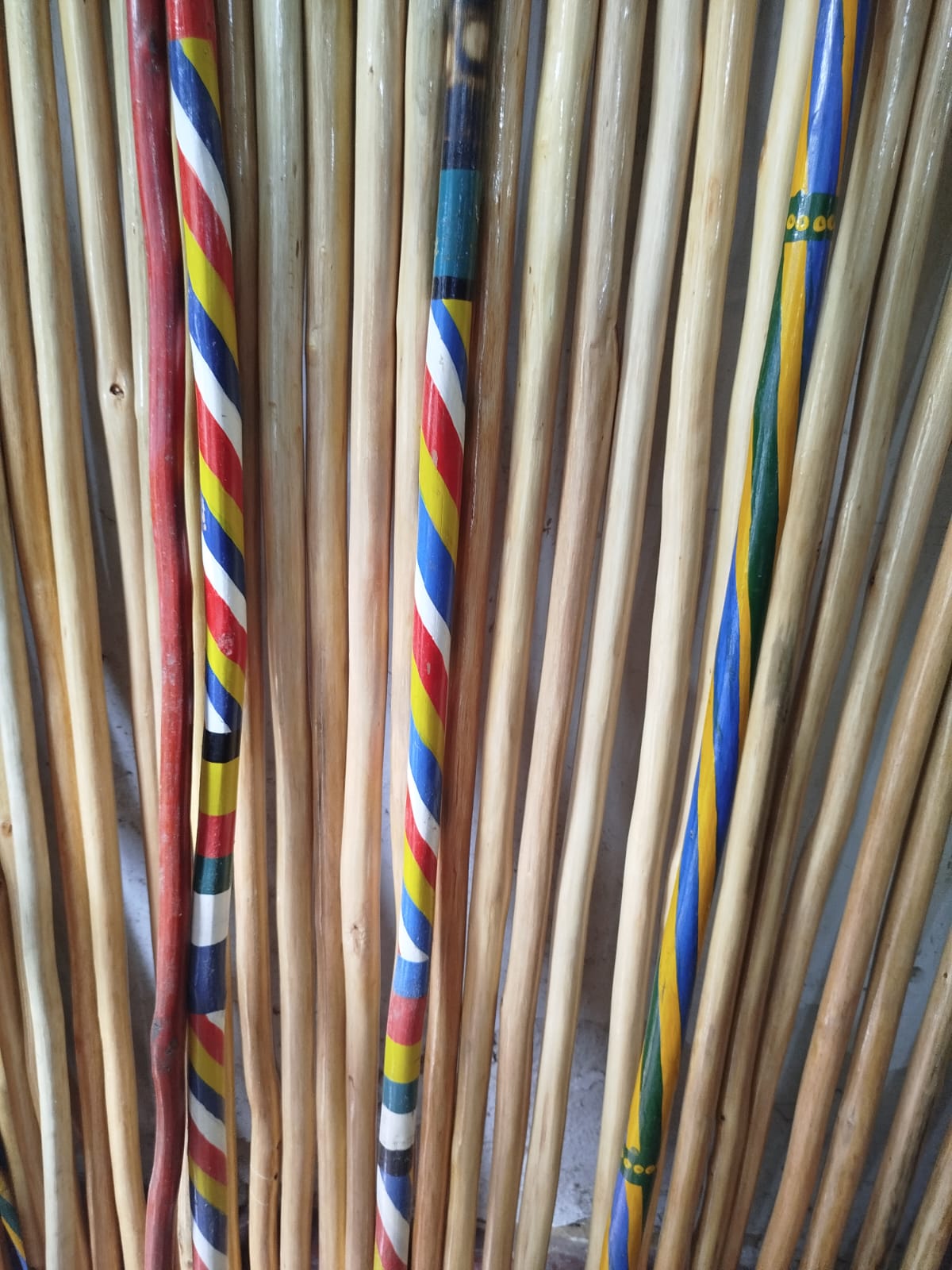
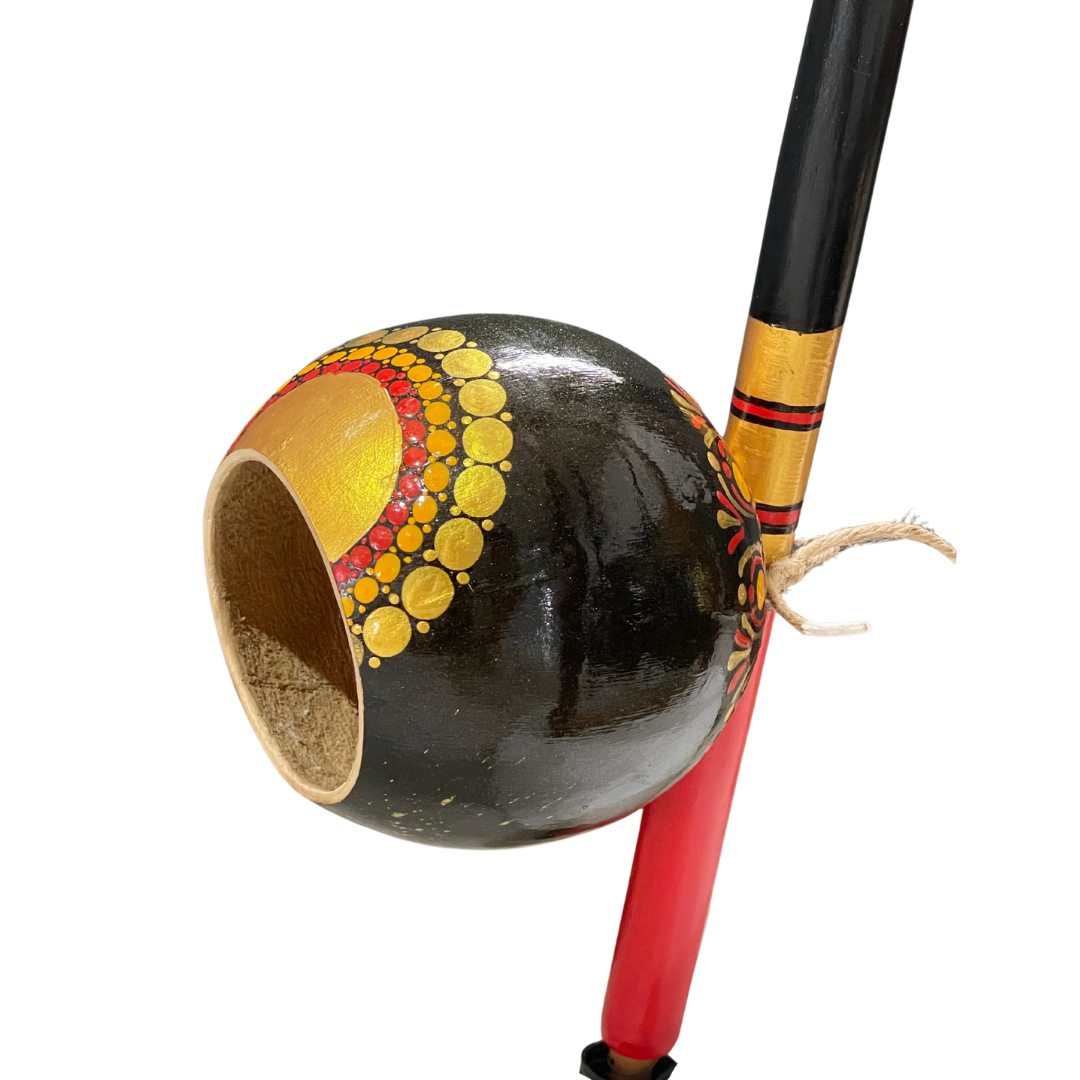
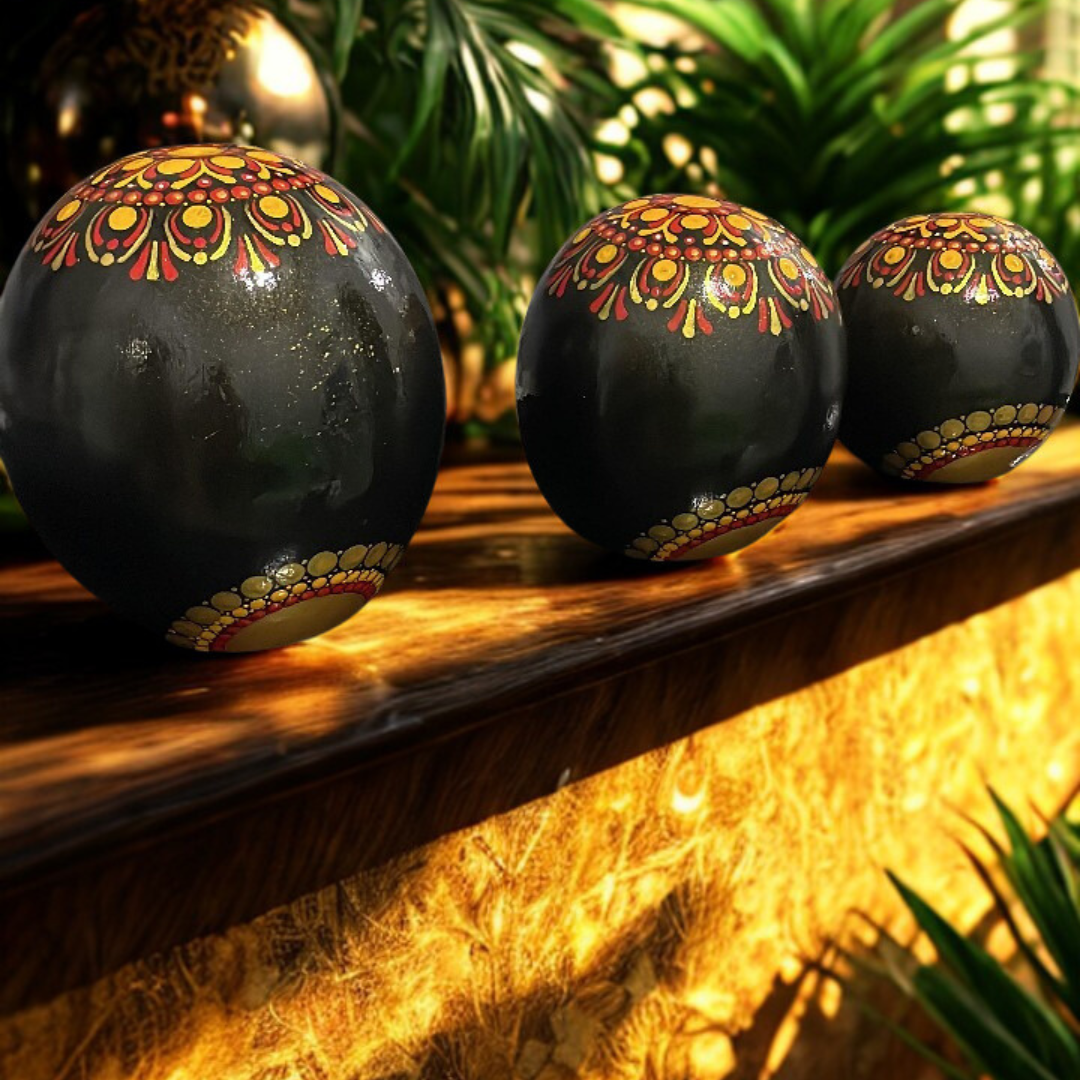
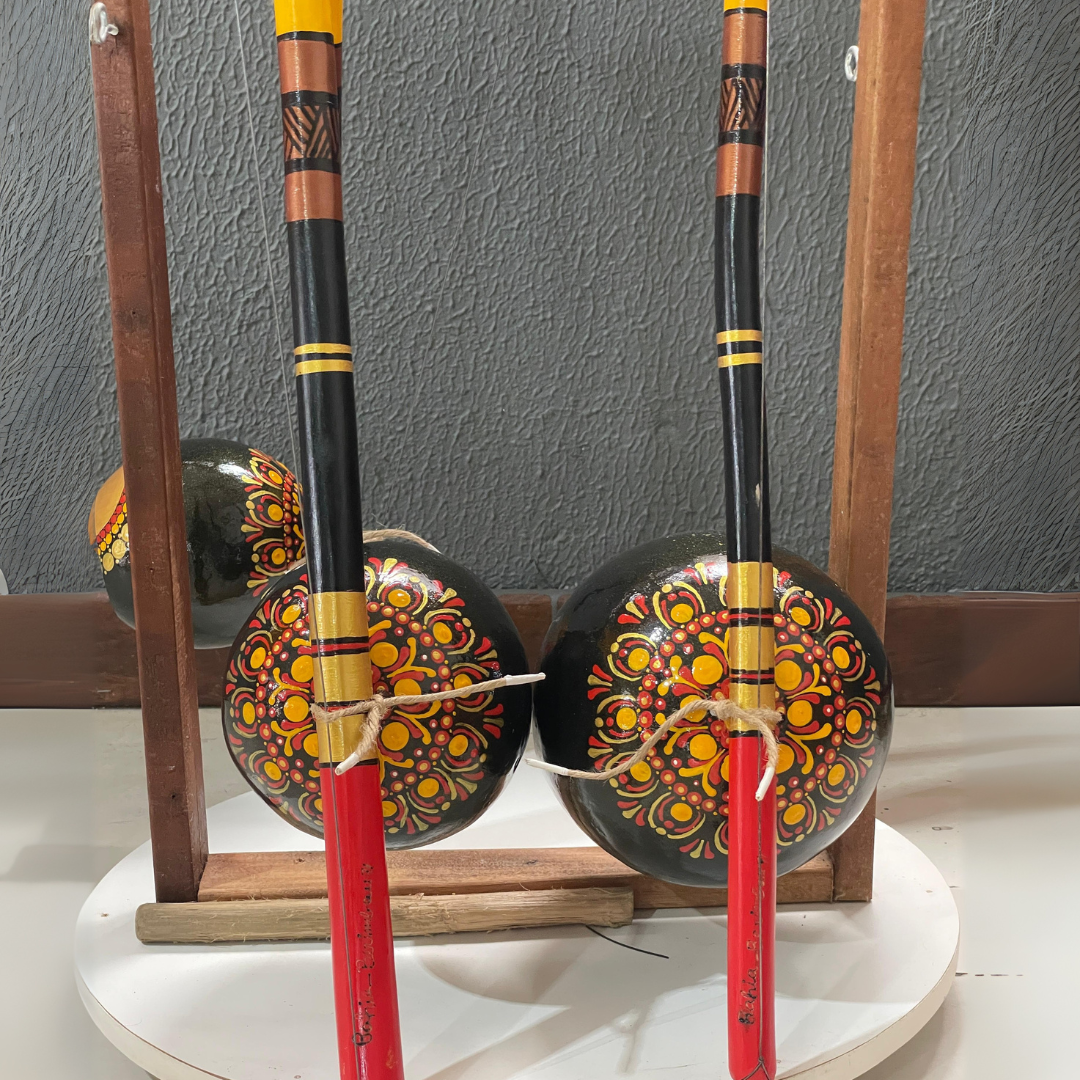
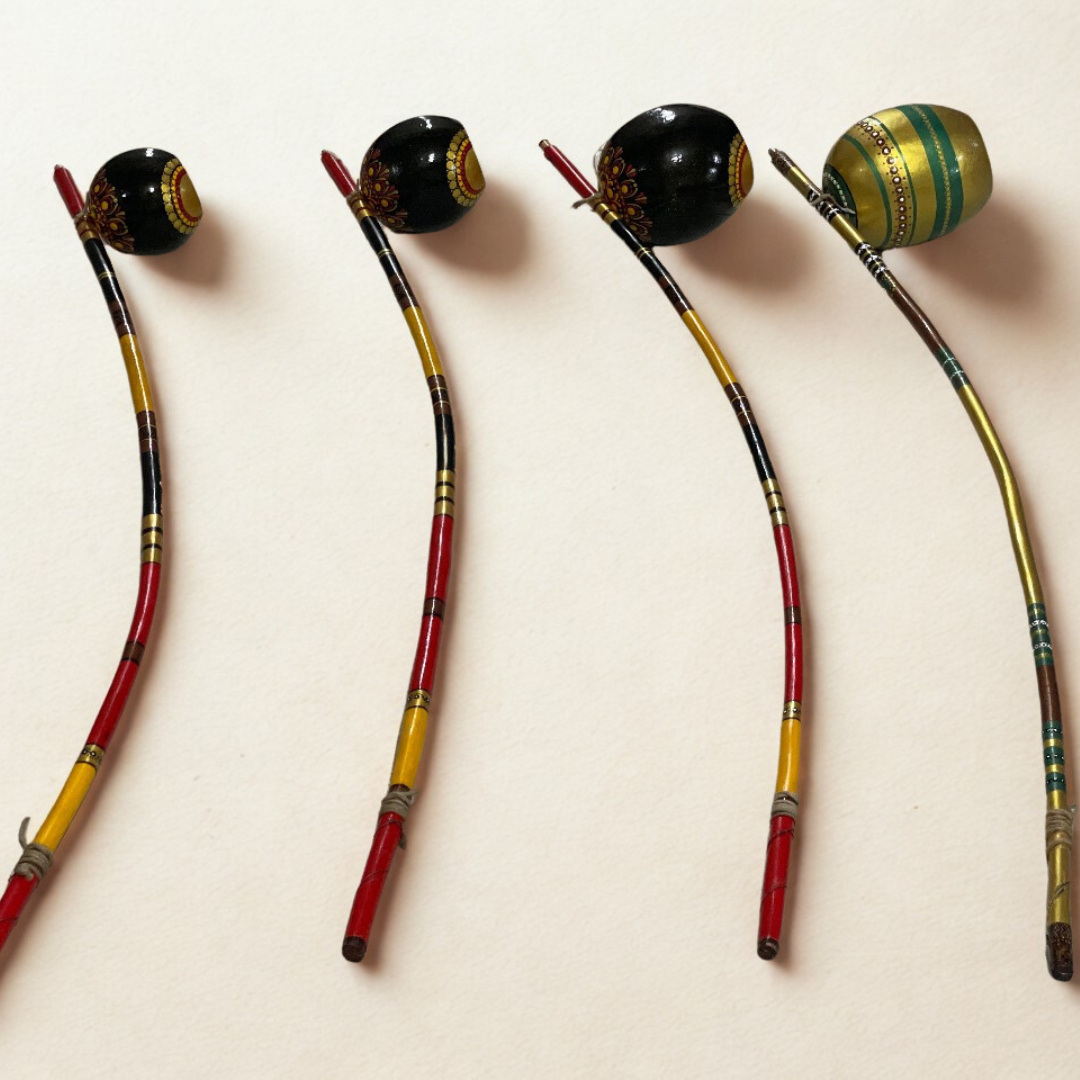
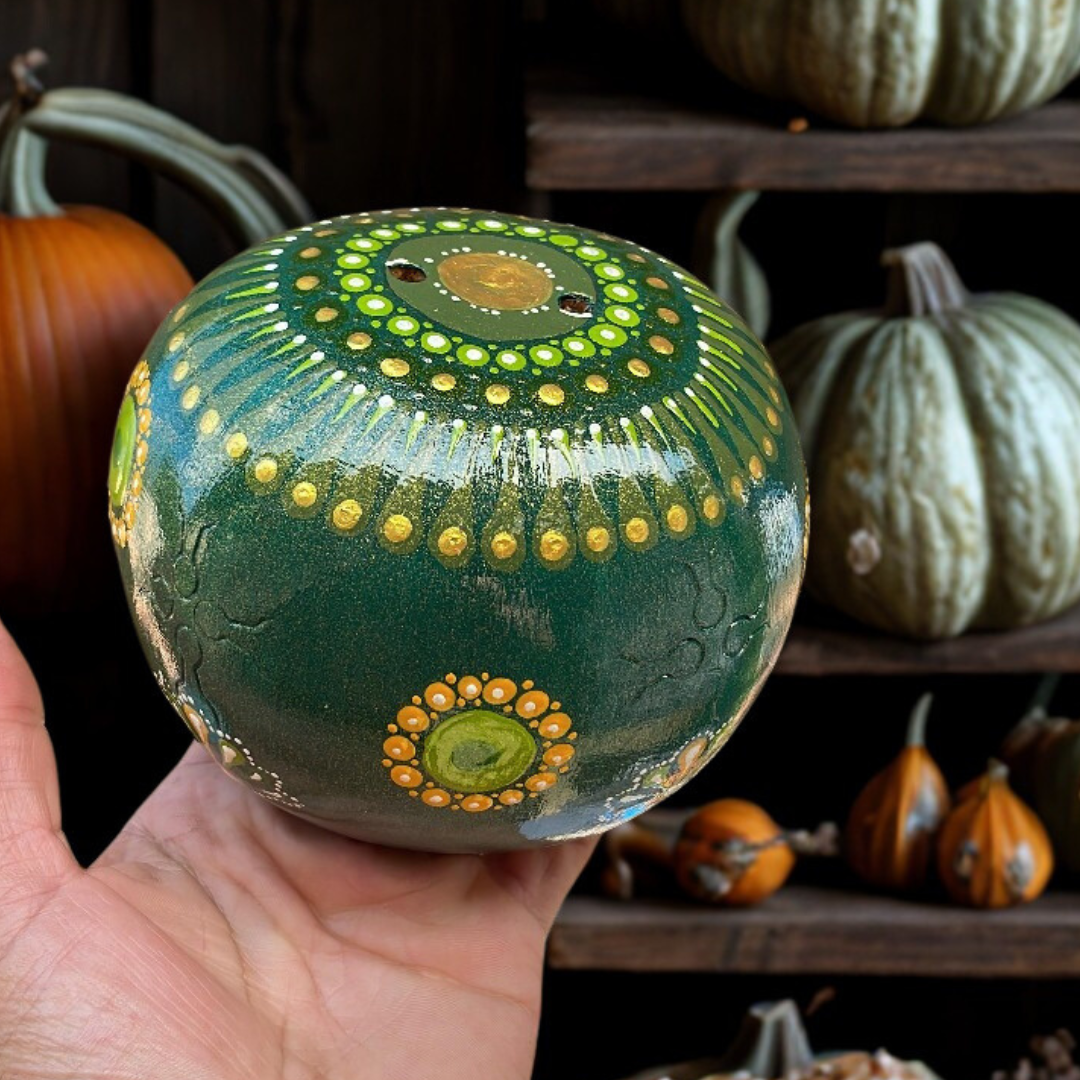
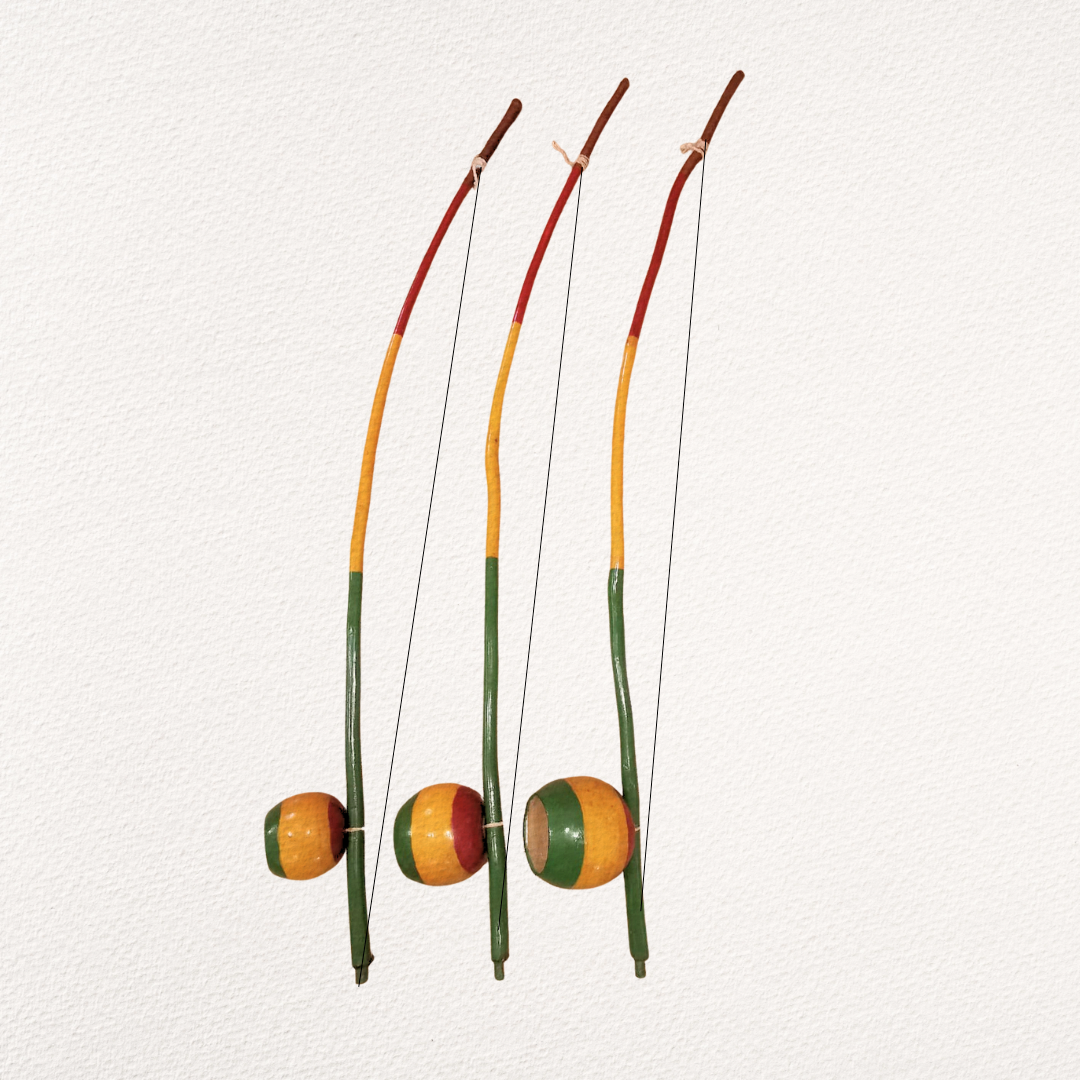
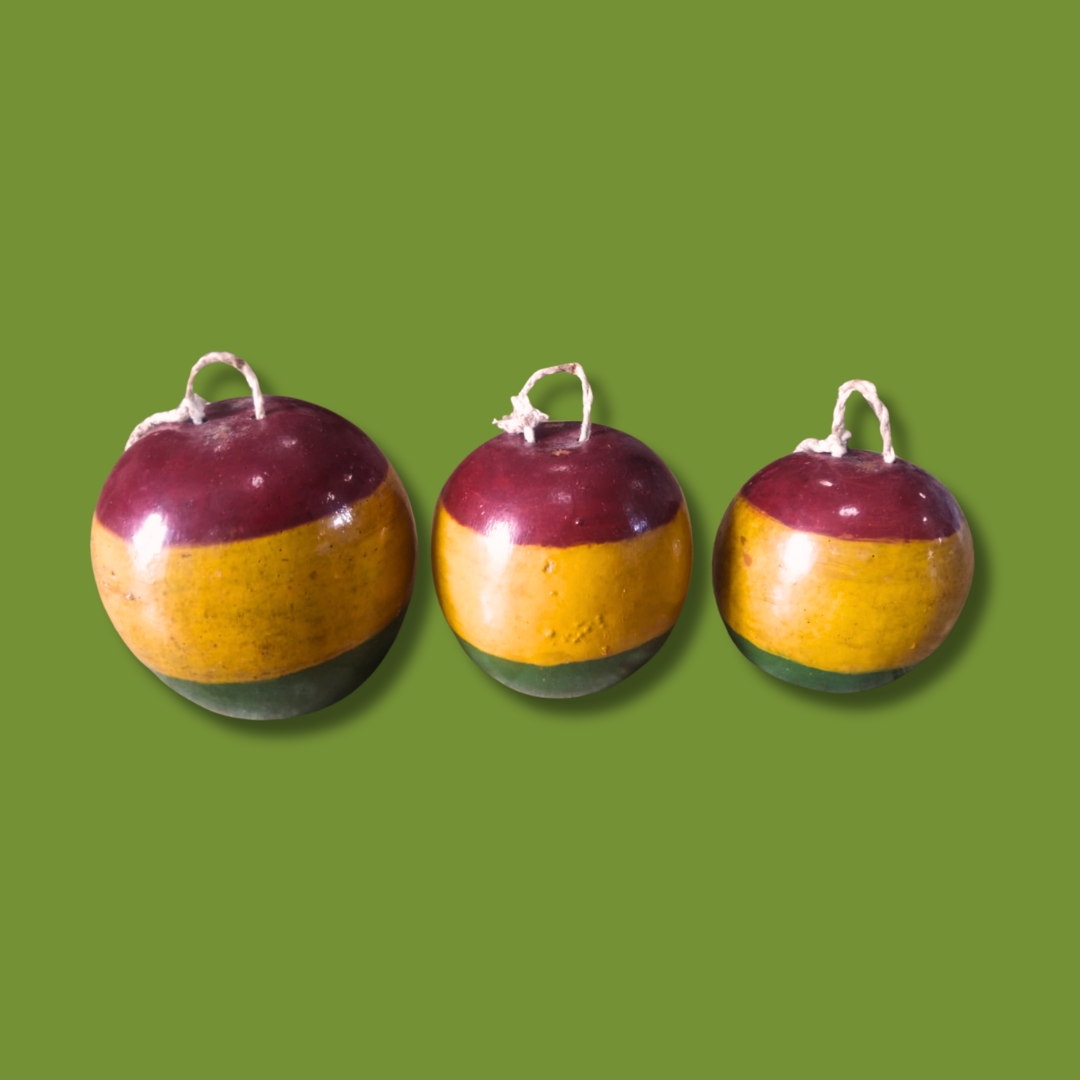
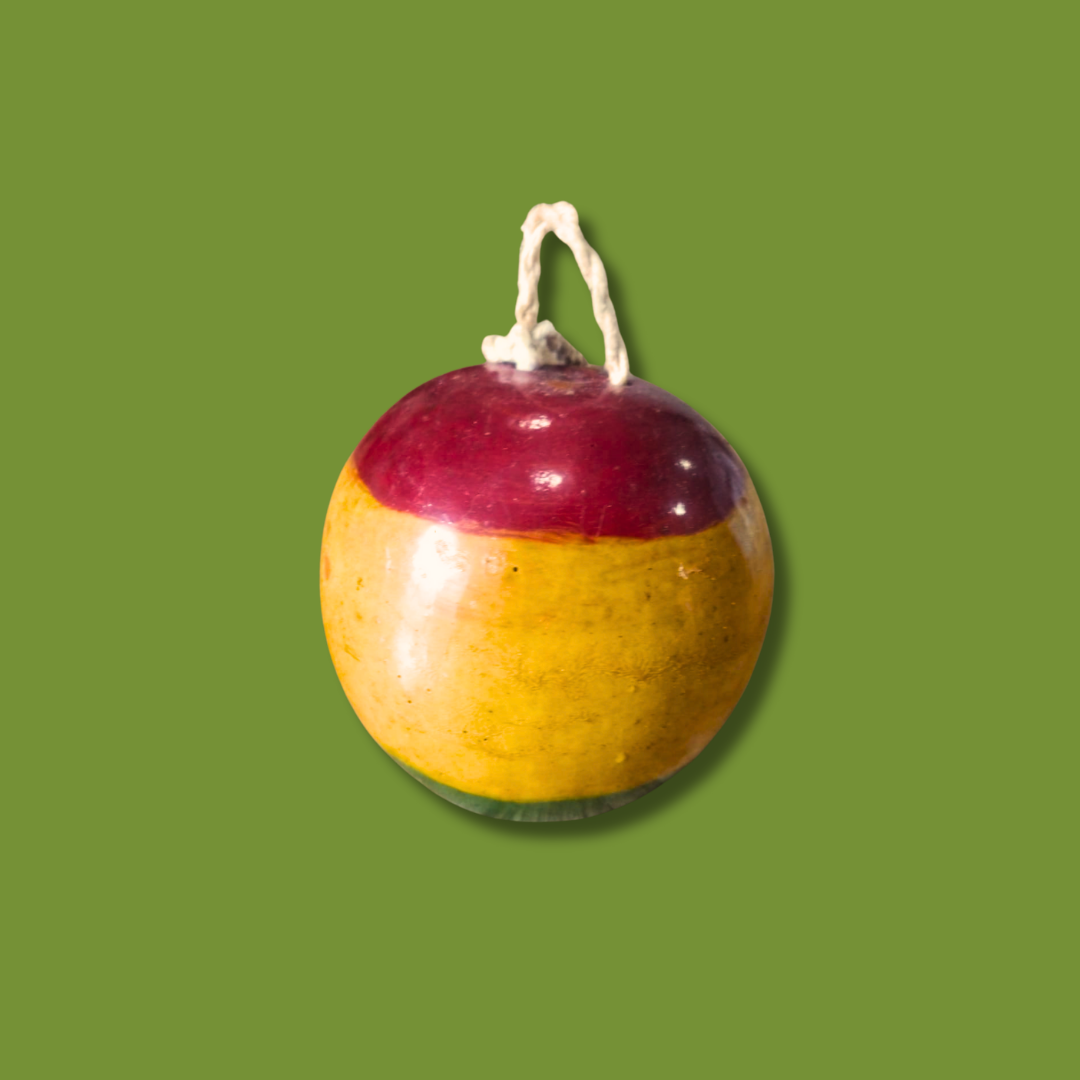
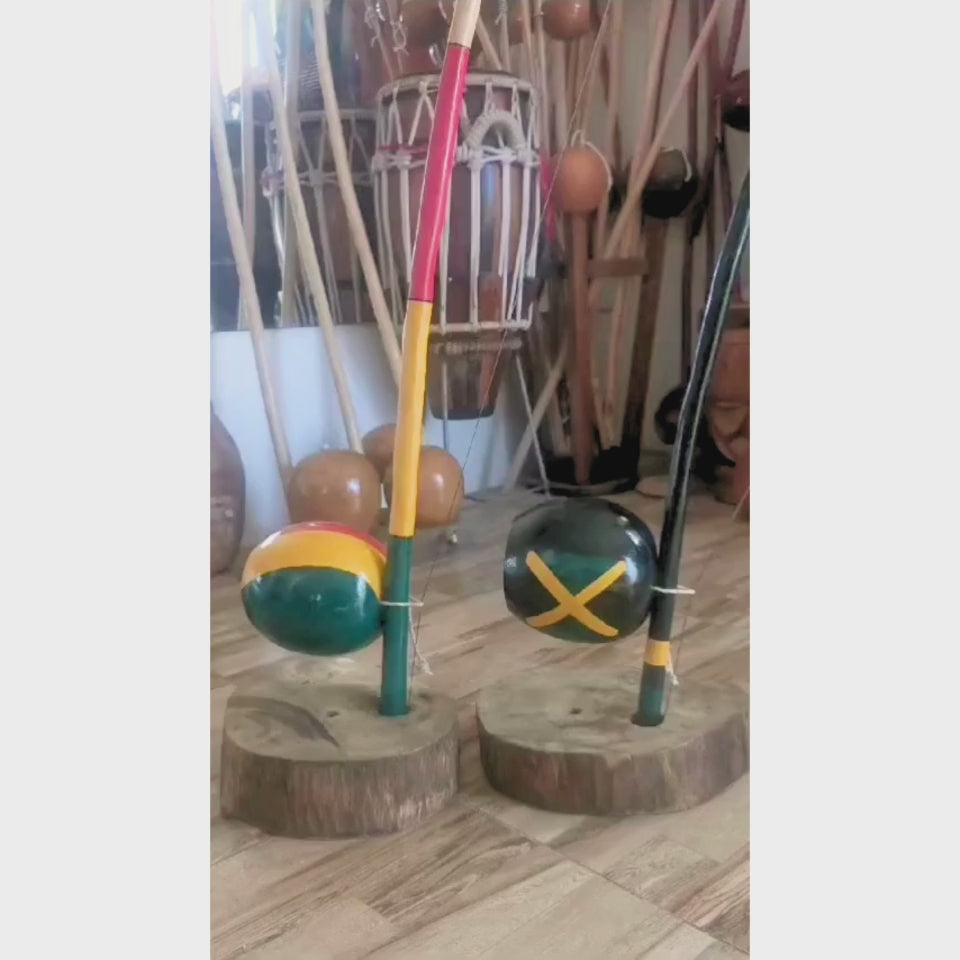

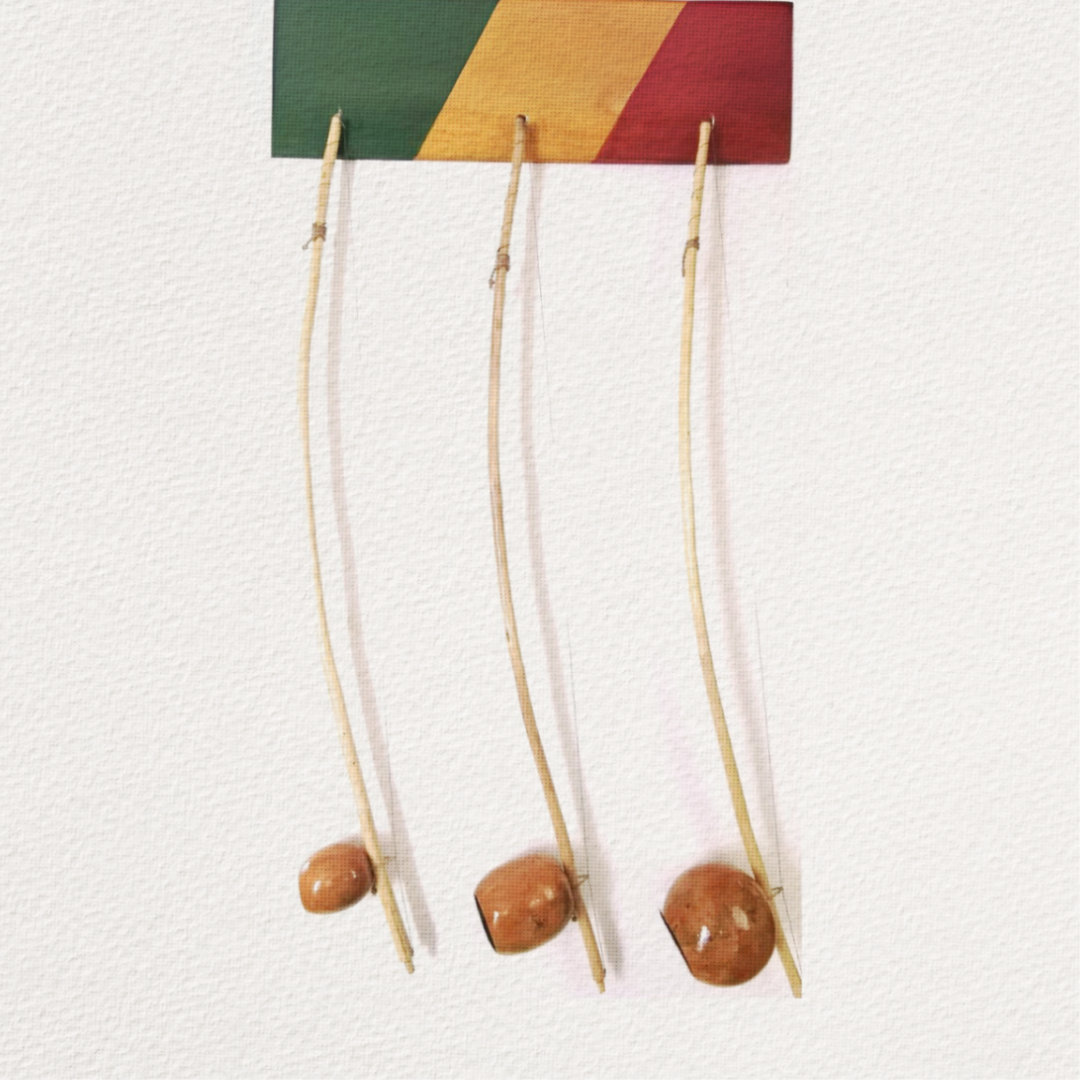
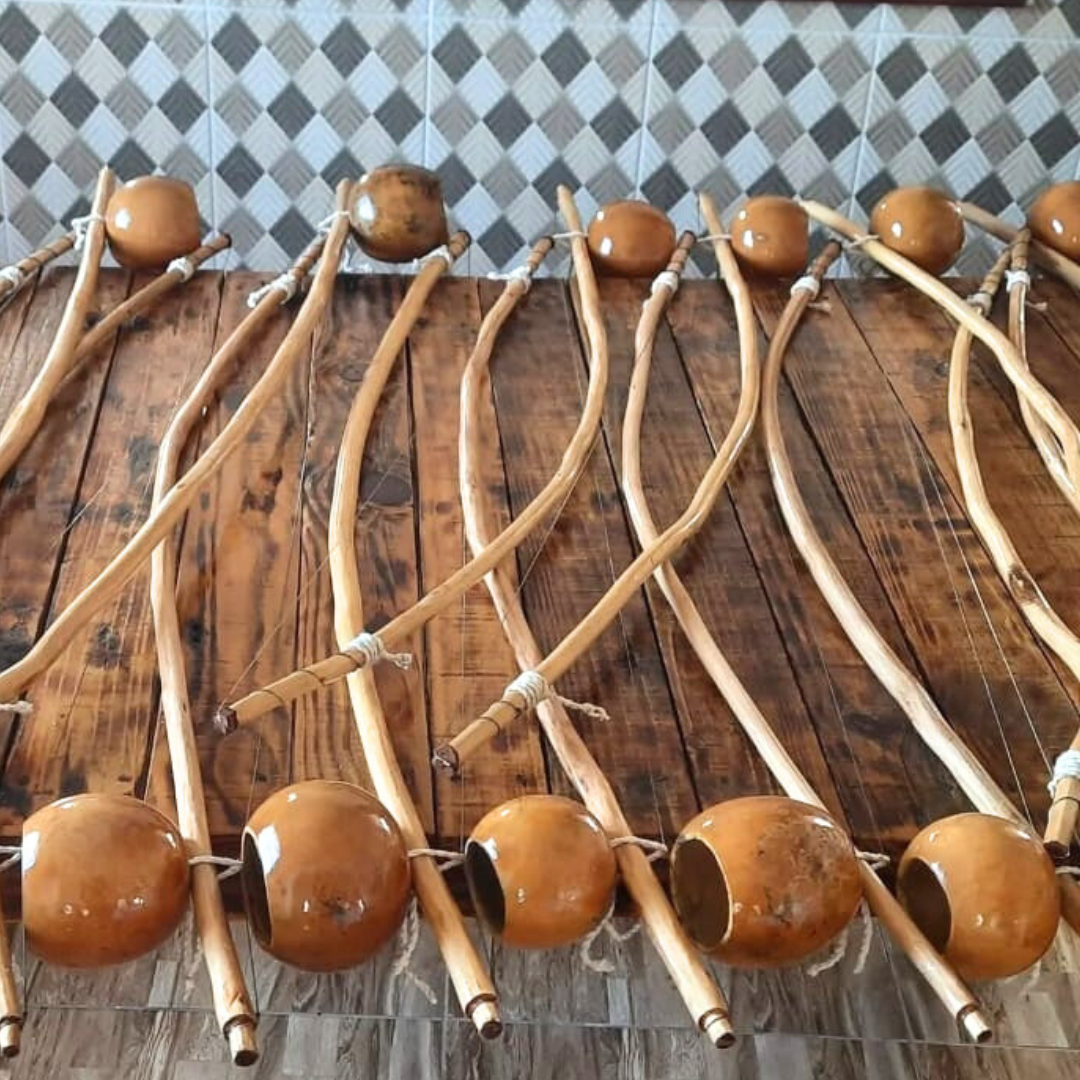
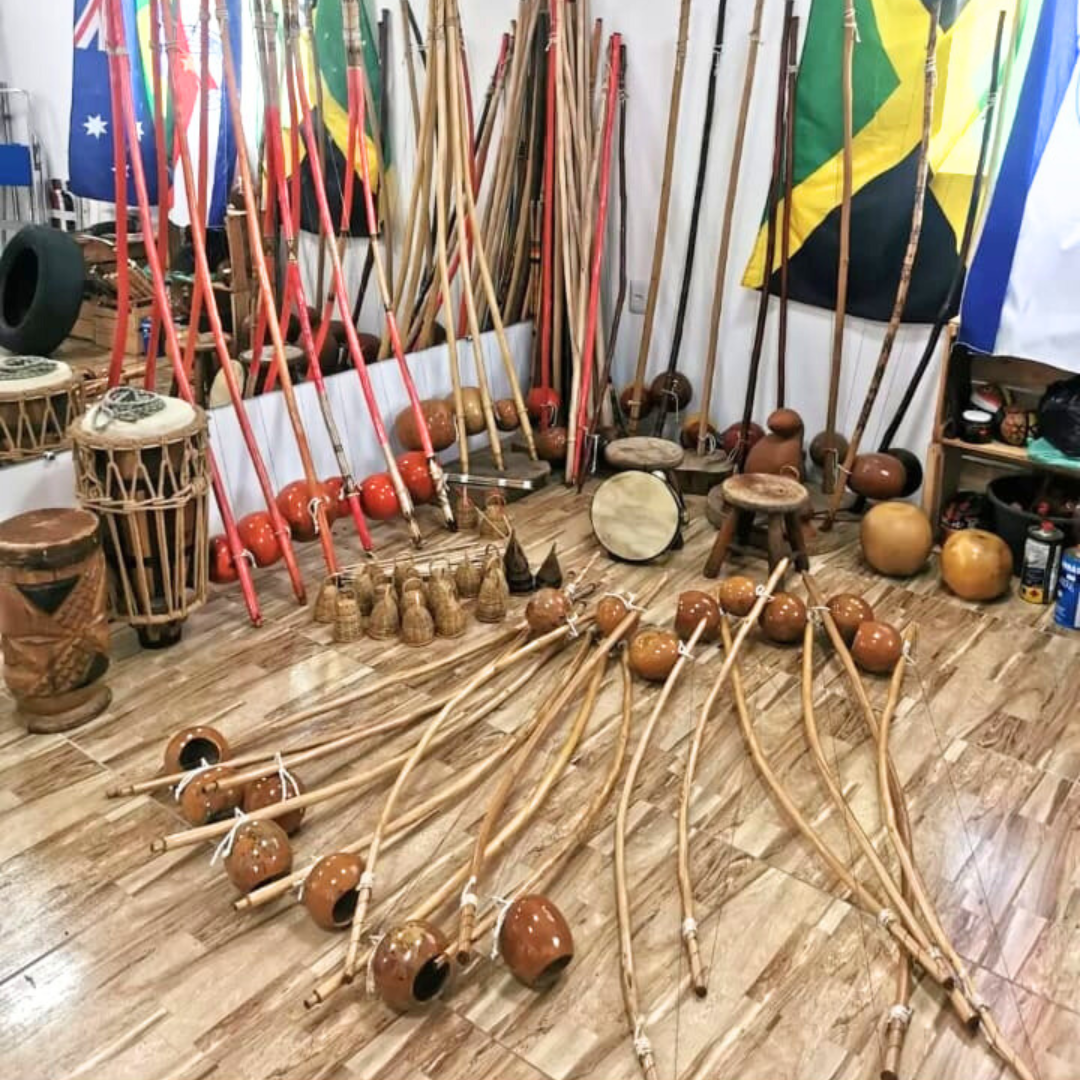

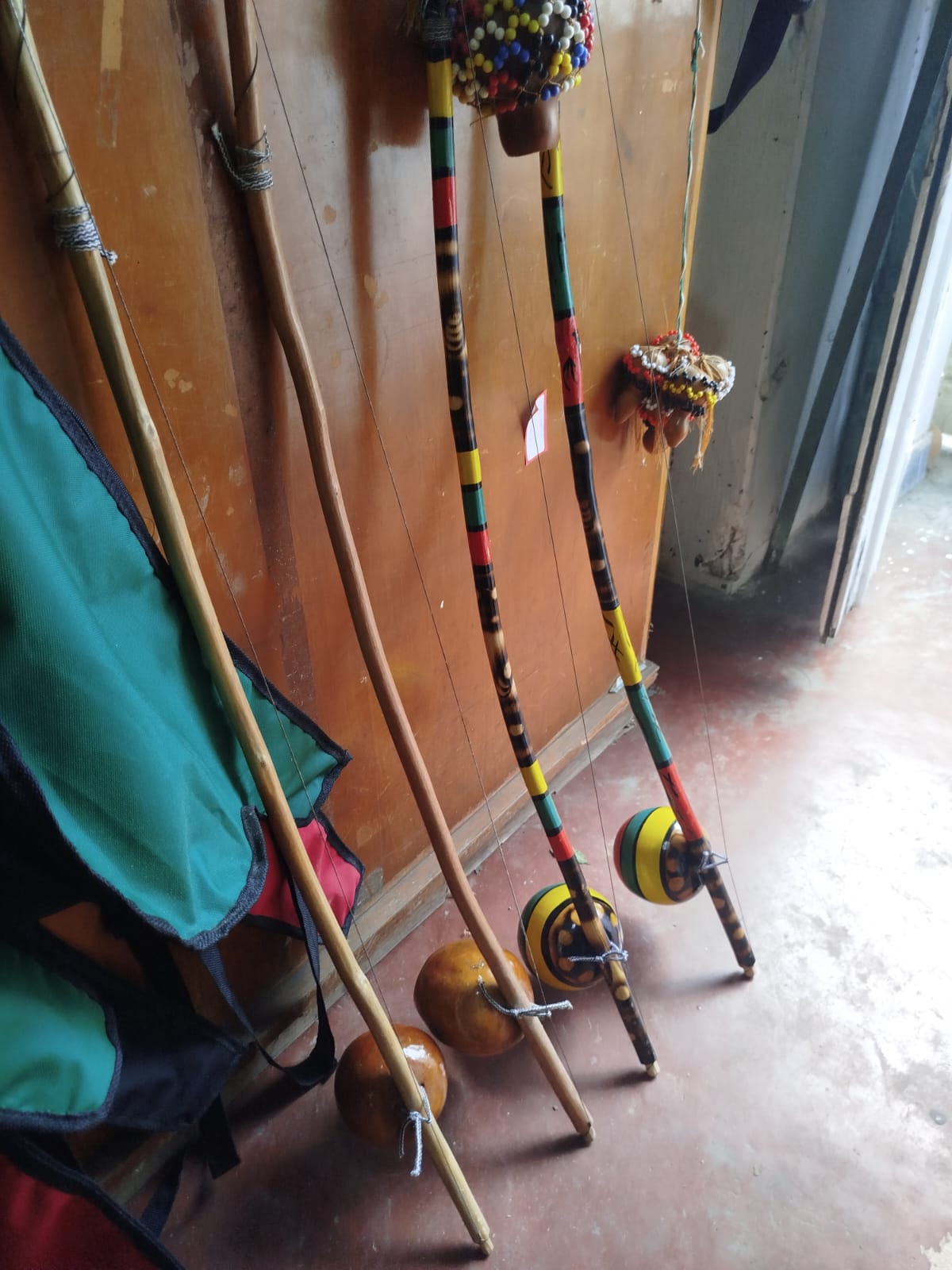
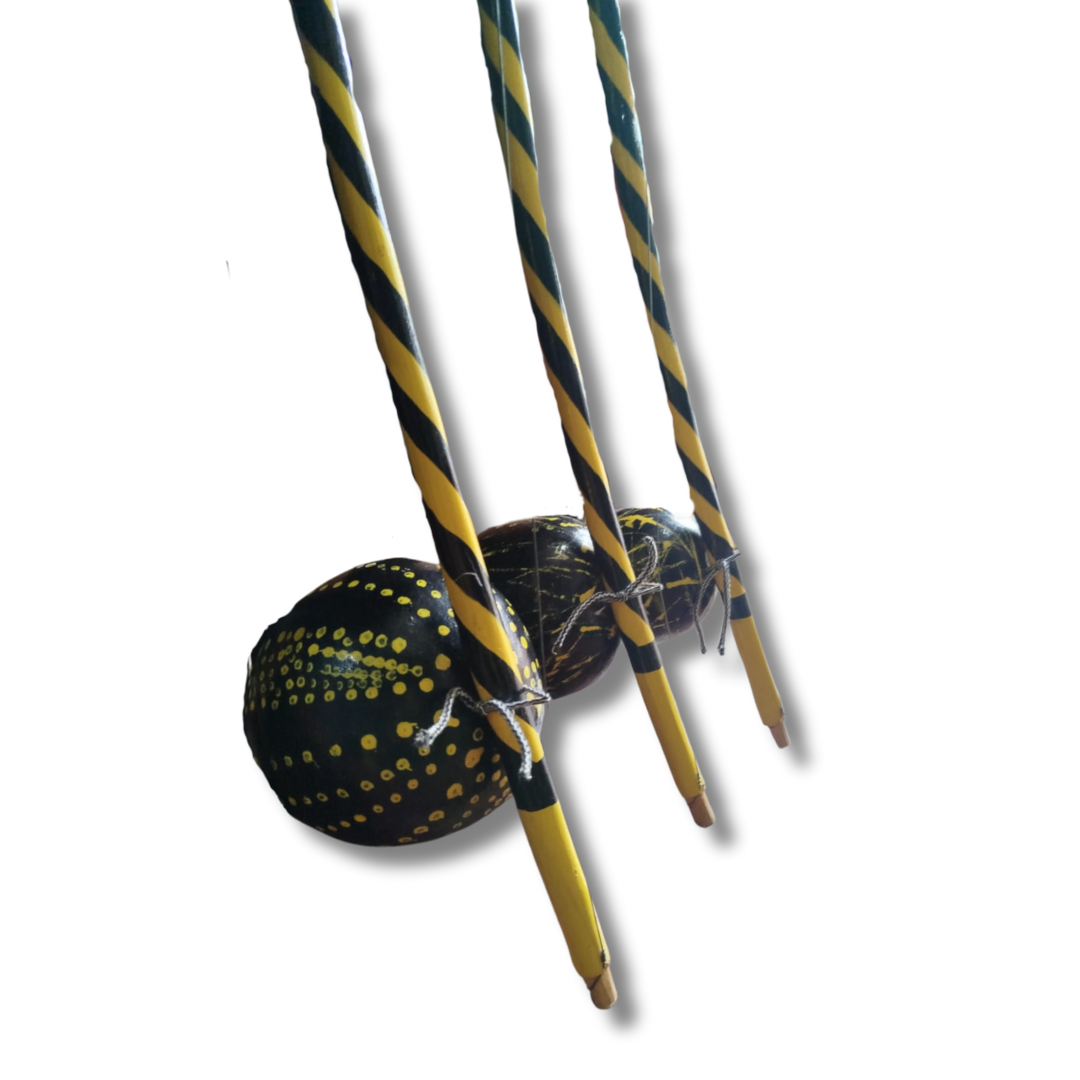
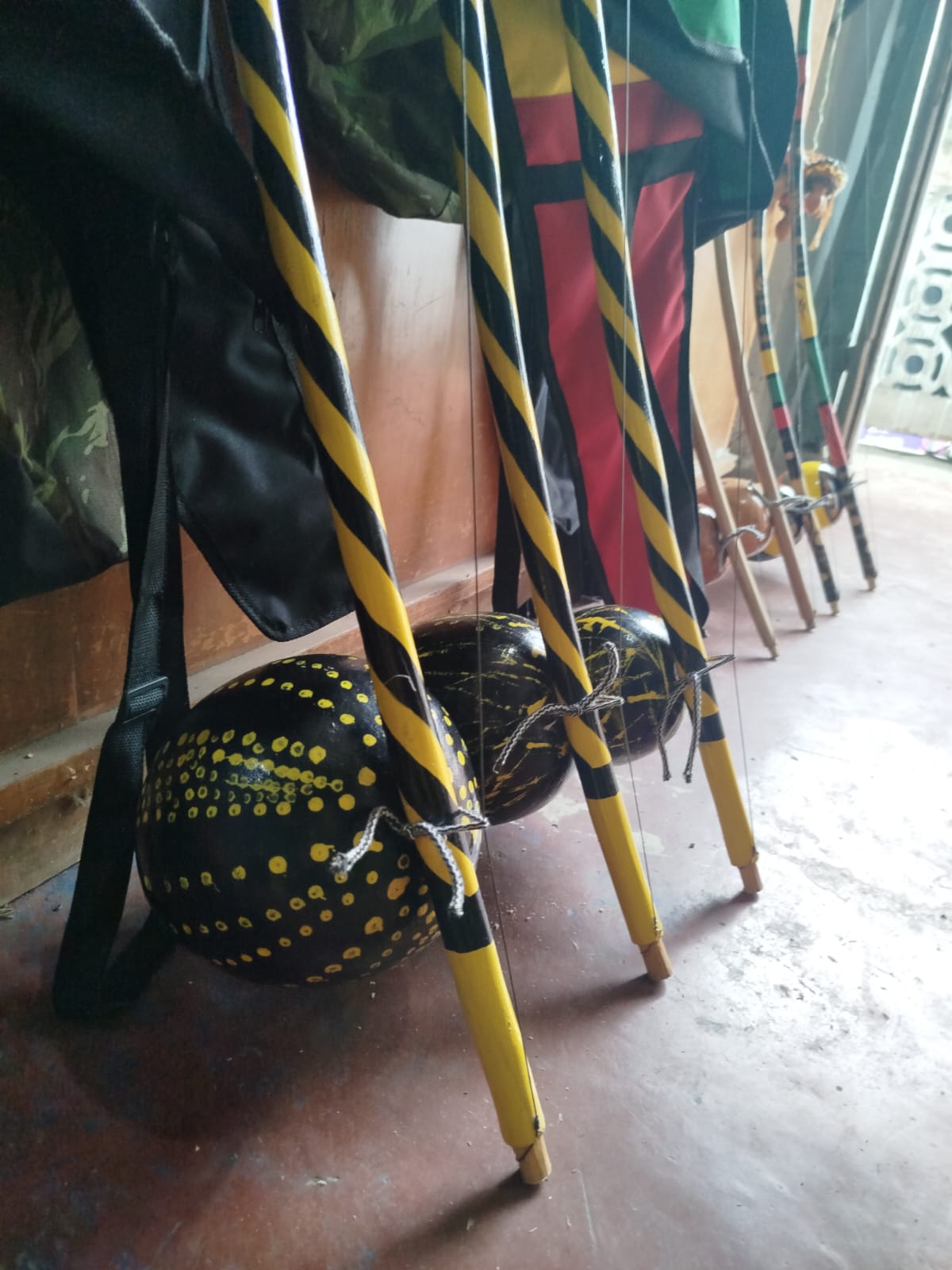
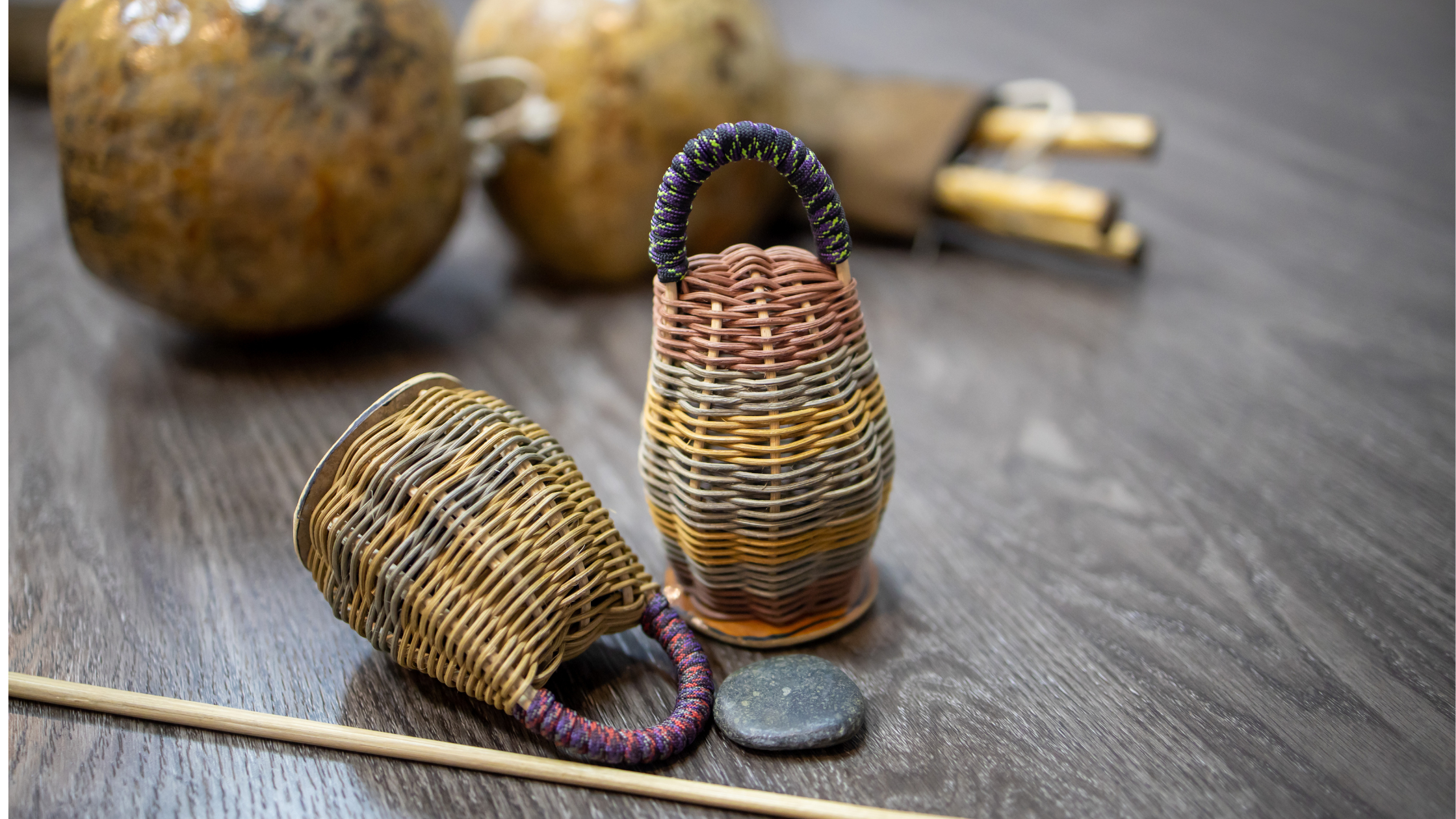
0件のコメント